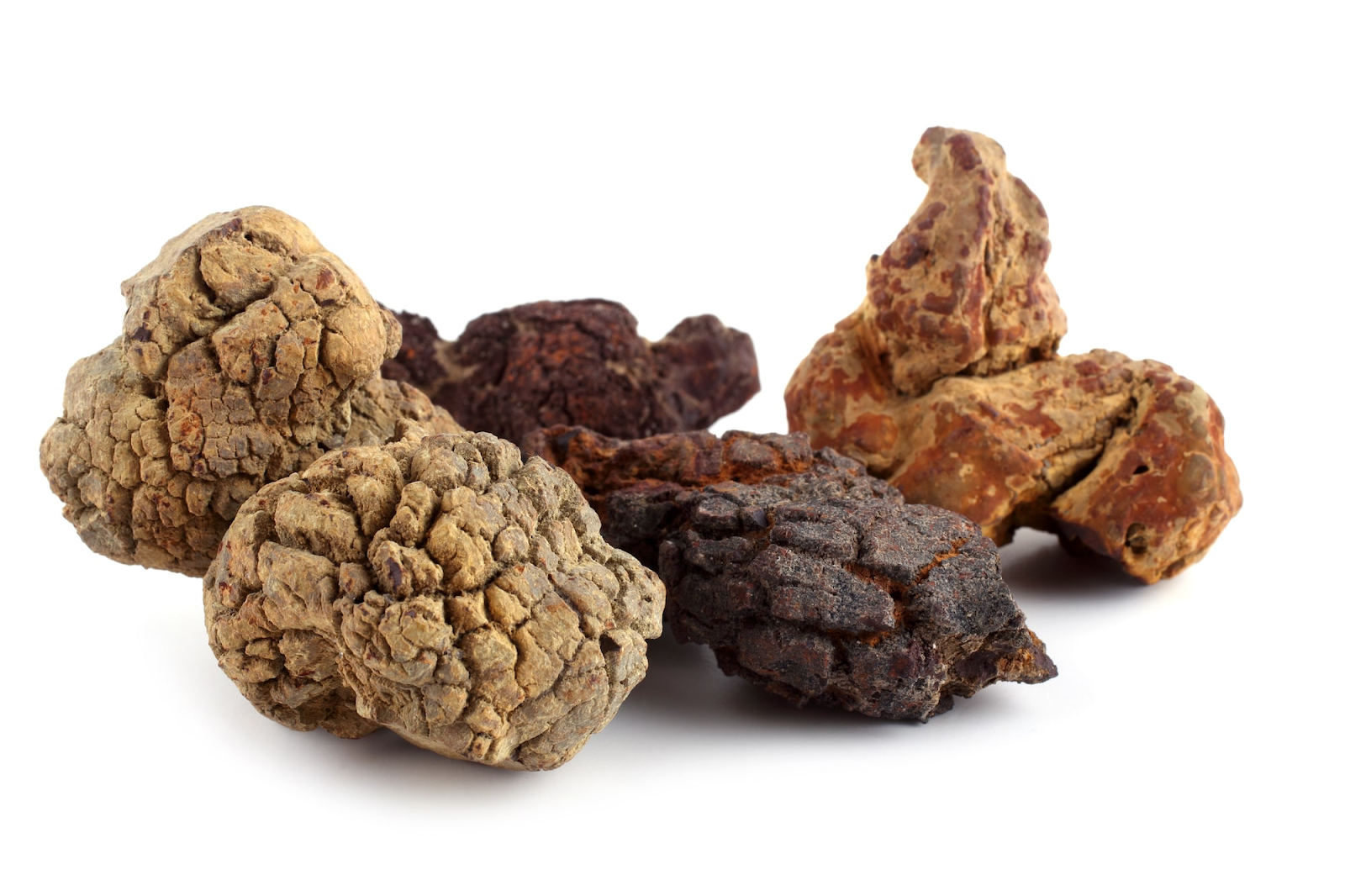-----------ooOoo-----------
Ctrl and Backspace deletes the entire word.
-----------ooOoo-----------
Keyboard shortcuts to create lines and dividers:
-----------ooOoo-----------
Dinosaur poo:
Dinosaurs, like all animals, needed to expel waste. Sometimes pieces of dinosaur faeces turned into fossils, called coprolites. Some palaeontologists specialise in studying coprolites and use them to understand what food dinosaurs ate, and how they fit into larger food chains.
The most famous dinosaur coprolite is an enormous specimen found in Late Cretaceous rocks in Canada. At over 30cm long and more than two litres in volume, this huge piece of scat could only have been produced by the largest predator in the ecosystem: Tyrannosaurus rex.
This fossil is important because it is full of chunks of bone, which reveals that T Rex could bite so hard that it crushed the bones of its prey, a highly unusual way of eating with no obvious modern equivalent.
__________
Identical twins and fingerprints:
The likelihood of two people sharing identical fingerprints by chance is estimated to be less than one in 64 billion.
Even identical twins – who have the same DNA sequence and tend to share a very similar appearance – have slightly different fingerprints. That’s because fingerprints are influenced by both genetic and environmental factors during development in the womb.
Although their shared DNA means identical twins’ fingerprints do tend to be more similar than those of strangers, forensic experts and state-of-the-art recognition software can still spot the difference.
__________
A headless chicken:
A chicken once lived for 18 months without a head.
Mike lived for 18 months in 1947 after his head had been cut off, surviving because most of his brain stem remained intact and it did not bleed to death due to a blood clot.
Farmer Lloyd Olsen of Fruita, Colorado, attempted to behead Mike at the behest of his mother in law for supper but was unsuccessful. The axe removed the bulk of the head, but missed the jugular vein, leaving one ear and most of the brain stem intact.
The chicken was still able to balance on a perch and walk clumsily. It attempted to preen, peck for food, and crow, though with limited success; his "crowing" consisted of a gurgling sound made in his throat. When Mike did not die, Olsen decided to care for the bird. He fed it a mixture of milk and water via an eyedropper, and gave it small grains of corn and worms.
Once his fame had been established, Mike began a career of touring sideshows in the company of the Olsens.
In 1947, at a motel in Phoenix, Arizona on a stopover while traveling back from tour, Mike started choking in the middle of the night. It had managed to get a kernel of corn in his throat. The Olsens had inadvertently left their feeding and cleaning syringes at the sideshow the day before, and so were unable to save Mike.
Mike the chicken's feat was recorded back in the 1940s in the USA. He survived as his jugular vein and most of his brainstem were left mostly intact, ensuring just enough brain function remained for survival. In the majority of cases, a headless chicken dies in a matter of minutes.
Mike the Headless Chicken is a cultural institution in Fruita, Colorado, with an annual "Mike the Headless Chicken Day", the third weekend of May since 1999. Events held include the "5K Run Like a Headless Chicken Race", egg toss, "Pin the Head on the Chicken", the "Chicken Cluck-Off", and "Chicken Bingo", in which chicken droppings on a numbered grid choose the numbers.
__________
Oldest dog:
The world’s oldest dog lived to 29.5 years old. While the median age a dog reaches tends to be about 10-15 years, one Australian cattle dog, ‘Bluey’, survived to the ripe old age of 29.5.
Bluey worked as a cattle and sheep dog for nearly 20 years. He died on November 14, 1939, just three years after he was named the oldest dog in the world. He took the title at 29 years and five months and his feat was later enshrined in the Guinness World Records.
Oops. wrong Bluey
__________
Octopuses don’t actually have tentacles. They have eight limbs, but they're arms (for most species). Technically, when talking about cephalopods (octopuses, squids etc), scientists define tentacles as limbs with suckers at their end. Octopus arms have suckers down most of their length.







No comments:
Post a Comment
Note: Only a member of this blog may post a comment.